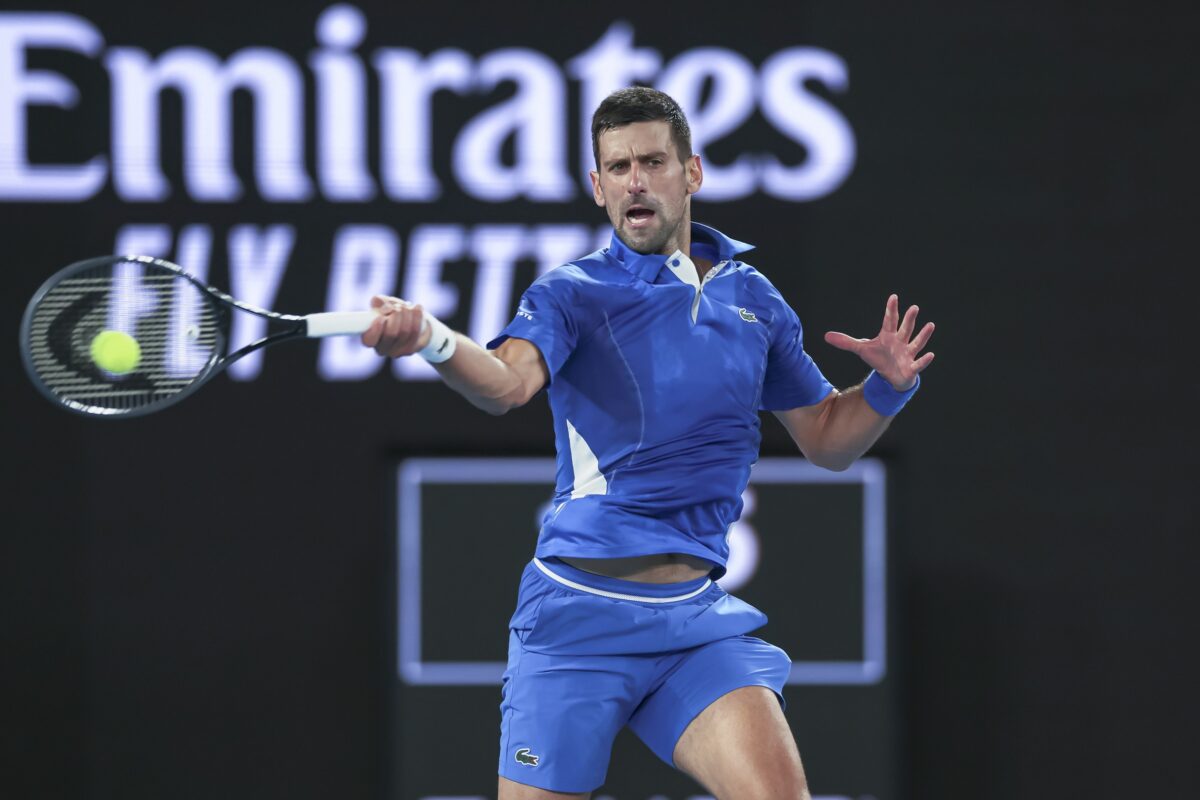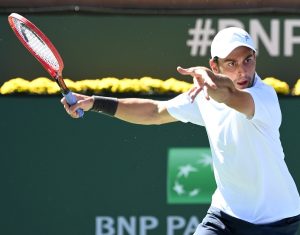G’day, sports fans! No doubt you’re as pumped as I am for the Australian Open, one of the prestigious Grand Slam events that graces our calendars each year. If you’re a betting person, this is your chance to dip into the thrilling tennis markets. The annual Melbourne-based summer spectacle kicks off in late January, often stretching into February, and it’s the first Grand Slam event of the year.
Originating in 1905 but officially dubbed the Australian Open in 1969, this tournament boasts an impressive $76.5 million prize purse. Fancy a flutter? You, too, could pocket a win by placing a bet on this Aussie Open extravaganza.
The tournament is a mixture of several events, but here’s some news on the 112th edition in 2024 – we’re breaking traditions! For the first time, it will kick off on a Sunday. Also, in a bid to avoid those eyeball-straining early hours finishes, the day sessions on Rod Laver Arena and Margaret Court Arena will host just two matches instead of three. So, grab your mates and get ready for some top-tier tennis action!
Predictions on the Australian Open should be a hot topic of conversation. Who will take home the titles this year? Will we see familiar faces grace the finals, or could there be some surprise contenders? With seasoned veterans like Novak Djokovic and Serena Williams returning to defend their 2023 titles, it’s sure to be an exciting competition.
Reigning Australian Open Titans: A Glance at Their Major Triumphs
Let’s dive into the fabulous heroes of 2023 who are all set to defend their glorious titles. In the Men’s Singles, the Serbian sensation Novak Djokovic gave us plenty of unforgettable moments! The Men’s Doubles saw an Aussie power-duo take the spotlight, with Rinky Hijikata and Jason Kubler smashing their way to the championship.
Can we talk about the Women’s Singles? Aryna Sabalenka, a name that echoed throughout the stadium as she claimed her title. As for the Women’s Doubles, the Czech duo Barbora Krejčíková and Kateřina Siniaková displayed a stunning performance that stole the show. And in the realm of Mixed Doubles, we were treated to a Brazilian rhapsody, with Luisa Stefani and Rafael Matos deservedly lifting the trophy.
Let’s roll (quite literally) into the Wheelchair division. Alfie Hewett from the United Kingdom scooped the Men’s Singles and Doubles championship, the latter alongside Gordon Reid. The Women’s Singles and Doubles witnessed an unmatched Dutch dominance by Diede de Groot and her partner in glory, Aniek van Koot. Sam Schröder and Niels Vink, also from the Netherlands, ruled the Quad Singles and Doubles.
Beyond these, the Australian Open also hosts junior championships, wheelchair, legends, and exhibition events. Whilst not as widely wagered on, they’re equally thrilling! Since 1988, the Australian Open has left grass for hardcourt, calling Melbourne’s Rod Laver Arena home. It attracts record crowds, triumphed only by the US Open.
Previously known as the Australasian Championships and Australian Championships, the tournament became the Australian Open in 1969. It has been hosted across Melbourne, Sydney, Adelaide, Brisbane, Perth, and even travelled across the sea to Christchurch and Hastings in New Zealand!
The tennis warriors prep for the Australian Open at tournaments like the Brisbane International, Sydney Open, Kooyong Classic, and Hopman Cup. It’s part of the ATP World Tour and WTA World Tour seasons.
To the victors of the Women’s Singles and Men’s Singles go the spoils! The Daphne Akhurst Memorial Cup and the Norman Brookes Challenge Cup, respectively. These cups pay tribute to tennis legends Daphne Akhurst and Sir Norman Brookes, whose legacy energises every serve and volley at the Australian Open!
History of the Australian Open
The Australian Open has a fascinating history that encapsulates the evolution of modern tennis. Initially known as the Australasian Championships, the tournament underwent a name transformation, becoming the Australian Championships before finally embracing its current moniker, the Australian Open, in 1969.
Although named for Australia, the tournament isn’t a homebody – it has packed its bags and jetted off to New Zealand twice, with the 1912 season being particularly memorable. While the tournament did a fair bit of city-hopping in its early years, visiting a range of locales from Melbourne to Sydney, Perth to Brisbane, it was Melbourne that stole the show. The city consistently pulled in the largest, most enthusiastic crowds, leading to the decision to make it the permanent host in 1972.
The transition to Melbourne Park in 1988 was a game-changer, causing attendance numbers to skyrocket by a staggering 90%. Traditionally, the Australian Open is a January event, but 1977 saw a calendar quirk result in two tournaments, thanks to a schedule shift from December to January. After a decade, the regular schedule was reinstated, and the Australian Open has been a January highlight ever since.
Main Photo Credit: Mike Frey-USA TODAY Sports






